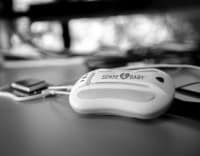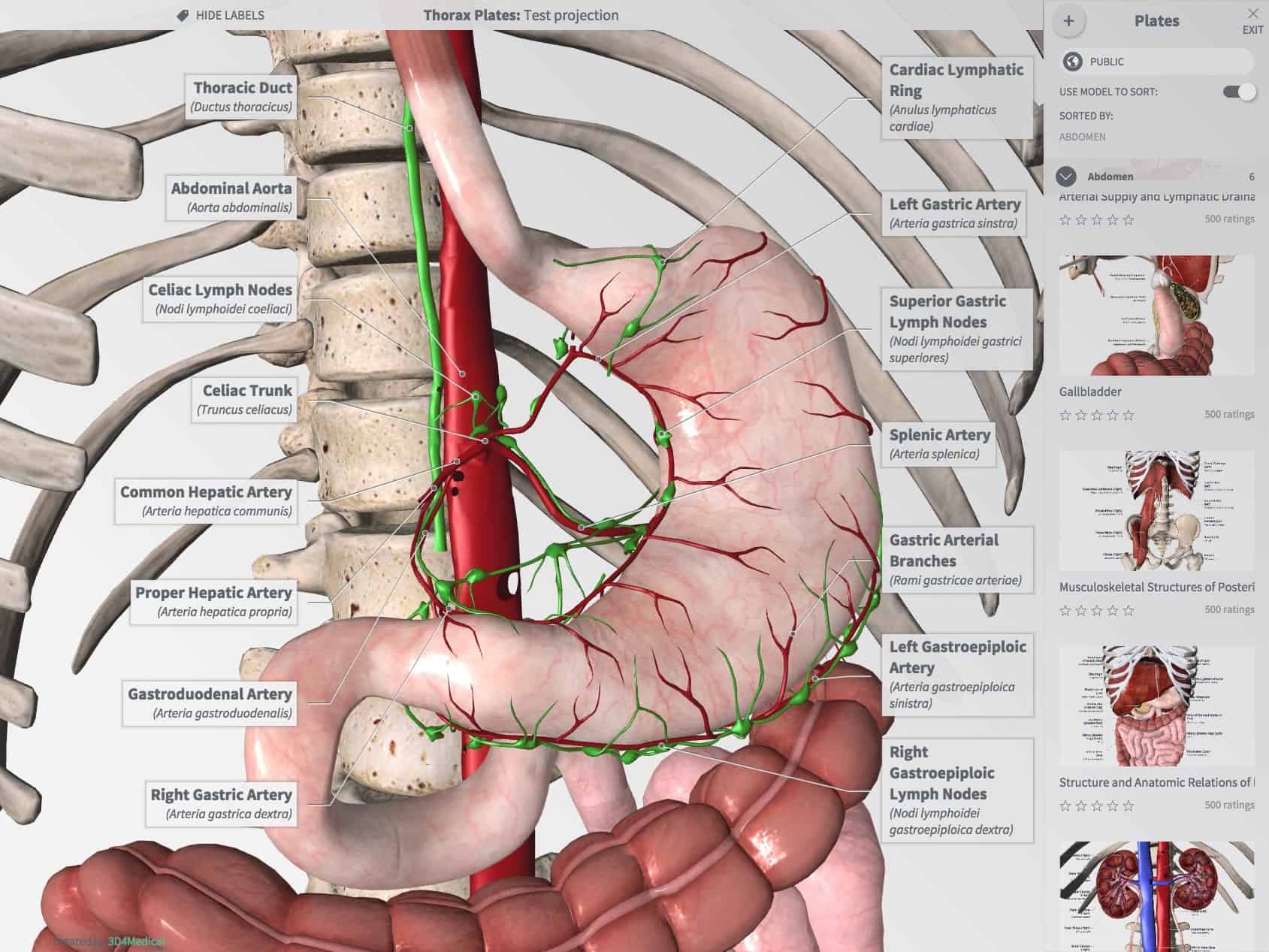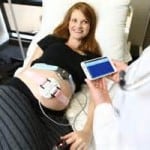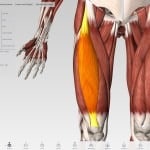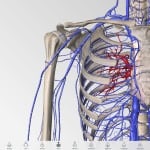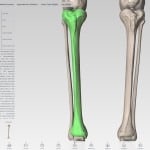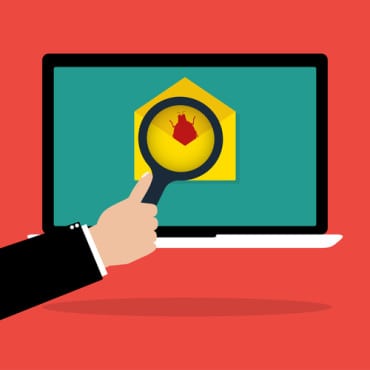
Apple already has the iPad, but with the Airstrip and 3D4Medical apps, and a new Watch OS, the company moving beyond consumer wellness and fortifying its position in the healthcare IT market.
Go to any park or gym and you’ll find joggers or bikers checking their heart-rate monitors or Fitbits. Some of them will even enter in calories burned during exercise from their HRM through an app such as MyFitnessPal and will log their calorie intake using real-time bar-code scanners or food databases. But there’s a large market for real-time healthcare beyond daily exercise.
According to Medscape, a study on digital health interventions by the Mayo Clinic “found the use of telemedicine, web-based strategies, email, mobile phones, mobile applications, text messaging, and monitoring sensors with patients improved cardiovascular disease outcomes.” And “in one recent survey, US consumers responded that the most desired functions that they seek from wearables are the ability to exercise smarter and to collect and track medical information.”
In terms of business opportunities, IDTechEx reports that wearable electronics will be a $20 billion market in 2015, reaching almost $70 billion in 2025. “The dominant sector will remain the healthcare sector which merges medical, fitness and wellness. It has the largest number of big names such as Apple, Accenture, Adidas, Fujitsu, Nike, Philips, Reebok, Samsung, SAP and Roche behind the most promising new developments,” according to IDTechEx.
Smart wearables such as the Apple Watch will surpass basic wearables, such as Fitbit activity trackers, in shipments by 2018, according to consulting firm IDC. Apple however will face competition from other companies such as Android Wear for the wearables market.
Sensors and Apps for Real-Time Healthcare
Beyond consumer wellness, Apple is now looking to beat any competition in the health-care IT market. At its annual new product show in early September, Apple introduce a new iPad Pro, a new mini tablet, a new Apple TV, and an improved operating system for its watch. It also unveiled two new health applications—AirStrip and 3D4Medical.
AirStrip, a San Antonio-based healthcare IT company, offers tools for collaboration on patient care, a business intelligence platform, and Sense4Baby, a wireless sensor that monitors fetal heart rate, contractions, and other biometric data remotely. Sense4Baby allows clinicians to access fetal heart-rate data on a tablet or smartphone, even differentiating between the mother’s heartbeat and the baby’s.
The Apple AirStrip app will allow doctors to view appointment schedules on an Apple Watch and receive information about patient diagnoses. Other healthcare workers can send patient alerts to doctors’ watches, for example on vital signs, and the watch will also work with Sense4Baby.
3D4Medical, meanwhile, is a Dublin-based company that provides a large library of 3D images of anatomy. By using the 3D4 Medical app on an Apple device, doctors will be able to show patients precise locations of muscle tears and other types of injuries.
Apple’s play in the health-care IoT market is not surprising. As of June, before the product show, it had more than a dozen apps targeted for physicians. In addition, its HealthKit app is compatible with an impressive list of sensors, including for heart rate, blood pressure, blood oxygen saturation, pulse rate, and Perfusion Index. There’s also a glucose monitoring system for Apple Watch and the iPhone, and a Research Kit app that allows iPhone users to take part in medical studies and expands the pool of research participants.
How Real-Time Healthcare Saves Lives and Improves Efficiency
With the Airstrip and 3D4Medical apps, however, it’s clear that Apple is moving beyond consumer wellness and targeting the enterprise IT market in healthcare. Already there are fleets of doctors and nurses using tablets to not only access patient health care records and vital signs but to improve shift efficiency. At Beth Israel Deaconess Medical Center in Boston, there are 2,000 iPads, 4,000 iPhones and 2,000 Android devices, according to the Washington Post. Nurses use iPhone to view charts and tables, and physicians prefer iPads or tablets with large keyboards, as well as large screens to show patiente X-rays or charts. Meanwhile, the use of mobile technology, such as Google Glass, has saved lives as ER doctors can quickly access electronic health records to determine allergies before giving medicine.
Another example: Ottawa Hospital has thousands of iPads and in-house apps to access patient records, view images such as X-rays and CT scans, order tests, and take pictures of patient wounds. The mobility offered by the iPad reportedly saved two hours off a typical day for medical staff, and also offered location services for hospital staff.
Gallery
(click for larger images and to zoom in on detail).
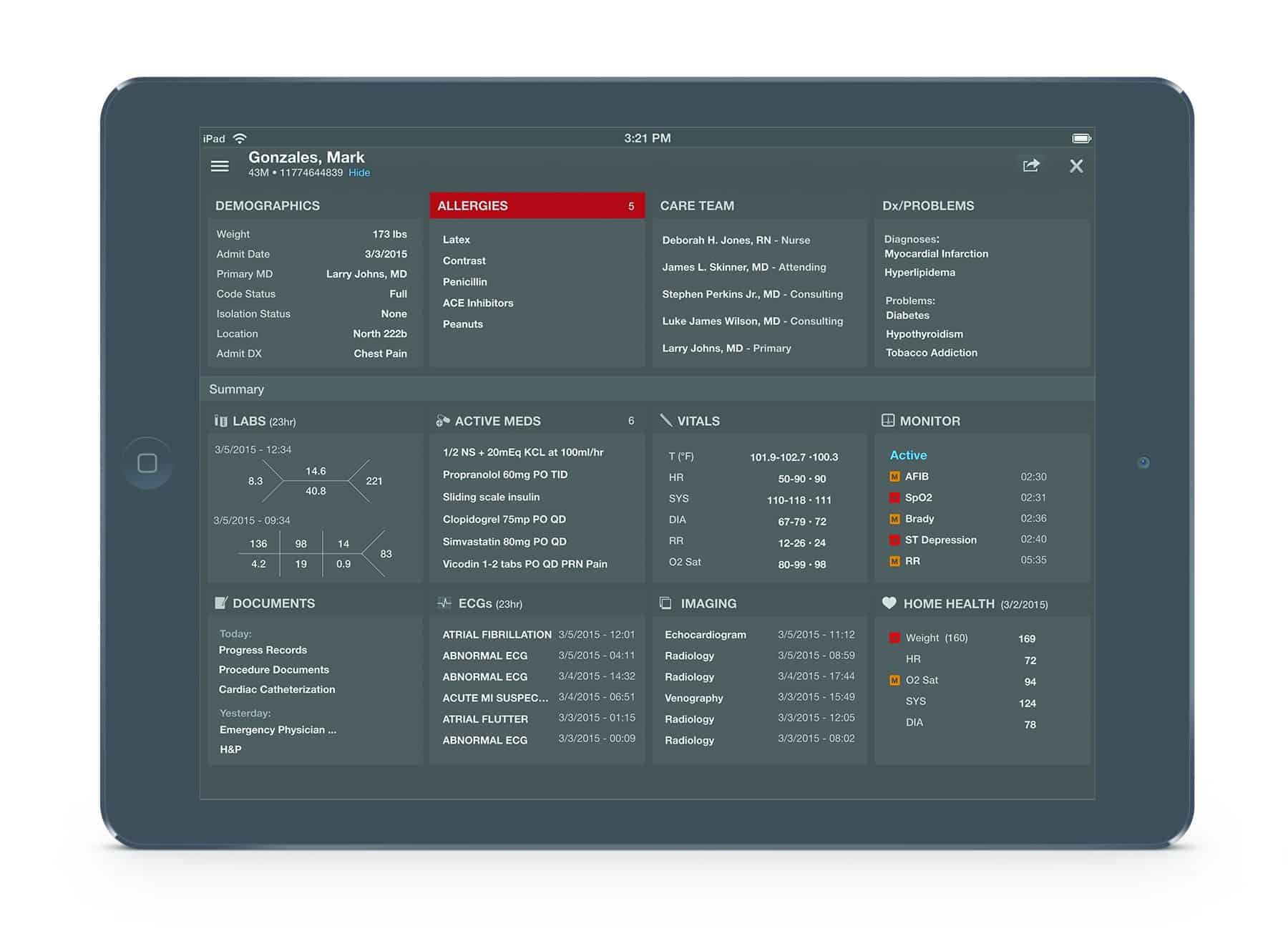
An electronic medical record. © AirStrip Technologies. All rights reserved. iPad is a registered trademark of Apple Inc.
- Pregnancy monitoring with the IoT. © AirStrip Technologies. All rights reserved. i
- credit: 3D4Medical
- credit: 3D4Medical
- credit: 3D4Medical
Want more? Check out our most-read content:
Anticipatory Sensors: Your Office’s Sixth Sense
The Big Data Continuum: From Data Scientists to Empowered Business People
Frontiers in Artificial Intelligence for the IoT: White Paper
Building Energy Management: An Optimization Challenge
Liked this article? Share it with your colleagues using the links below!



